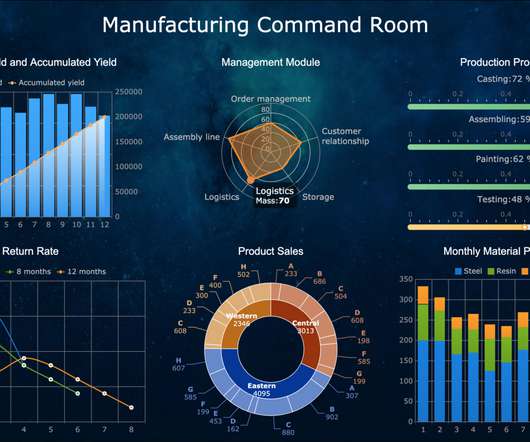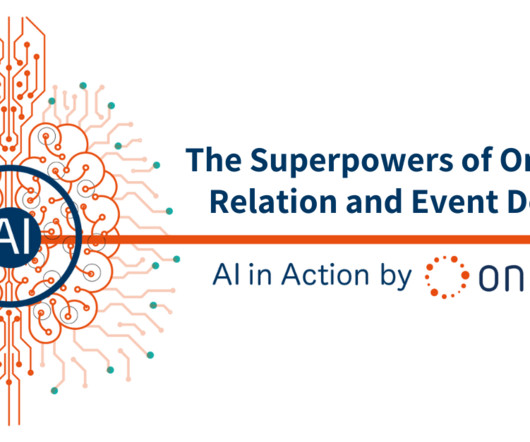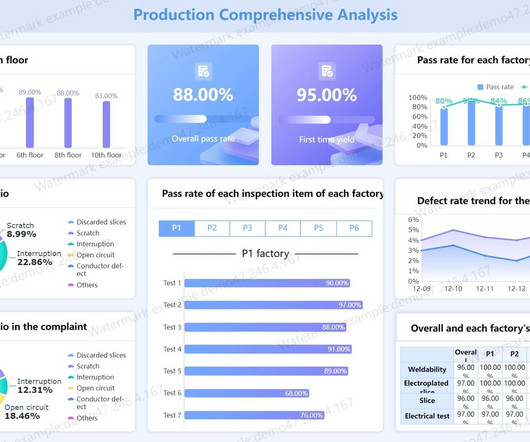Data governance in the age of generative AI
AWS Big Data
FEBRUARY 29, 2024
However, enterprise data generated from siloed sources combined with the lack of a data integration strategy creates challenges for provisioning the data for generative AI applications. As part of the transformation, the objects need to be treated to ensure data privacy (for example, PII redaction).
















Let's personalize your content